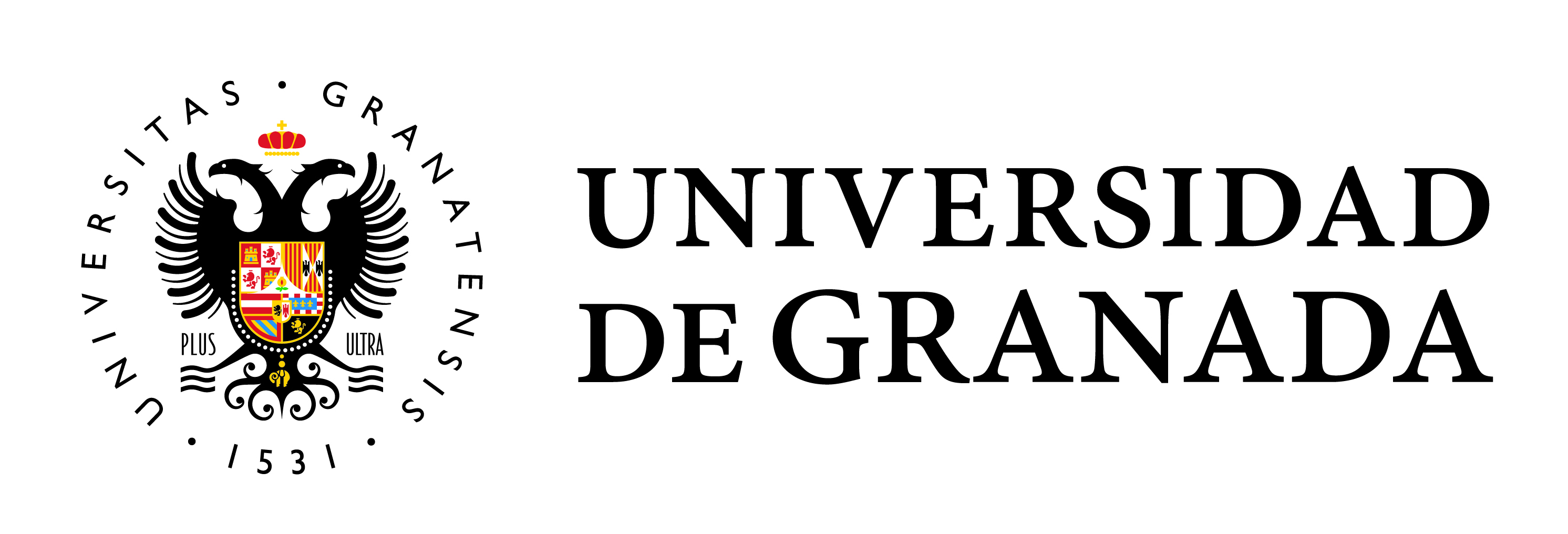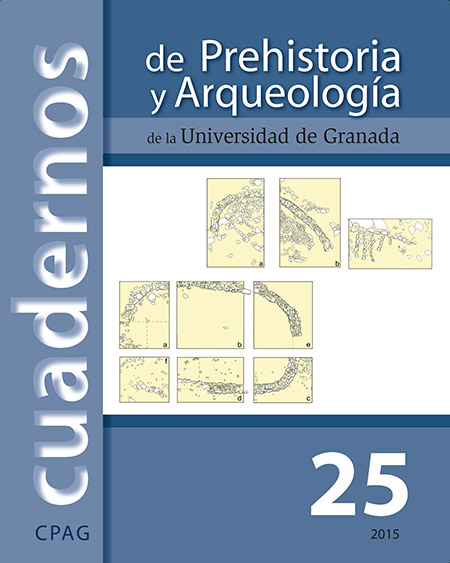ARCHAEOLOGICAL AND CRIMINOLOGICAL APPROACHES TO STUDYING THE ANTIQUITIES TRADE: A COMPARISON OF THE ILLICIT ANTIQUITIES RESEARCH CENTRE AND THE TRAFFICKING CULTURE PROJECT
##plugins.themes.xejournal.article.main##
Bd. 25 (2015), Monográfico, ##plugins.themes.xejournal.article.pages## 99-105
##plugins.themes.xejournal.currentIssueSubmitted##: Dec 8, 2016
##plugins.themes.xejournal.currentIssuePublished##: Dec 8, 2016
Abstract
The international trade in illegally-acquired antiquities continues to cause damage to cultural heritage worldwide. This paper reflects upon the author’s experience working in two universitybased projects in the United Kingdom that have tried to engage with the problem. The Illicit Antiquities Research Centre (1996-2007) approached the problem from within an archaeology department. In contrast, the Trafficking Culture project (2014-2016) exists within a criminology department. The paper considers the comparative strengths and weaknesses of these different disciplinary contexts and perspectives. It also discusses some of the difficulties posed by a university environment for scholars wishing to study the antiquities trade.
Downloads
Keine Nutzungsdaten vorhanden.
##plugins.themes.xejournal.article.details##
Zitationsvorschlag
Brodie, N. (2016). ARCHAEOLOGICAL AND CRIMINOLOGICAL APPROACHES TO STUDYING THE ANTIQUITIES TRADE: A COMPARISON OF THE ILLICIT ANTIQUITIES RESEARCH CENTRE AND THE TRAFFICKING CULTURE PROJECT. Cuadernos De Prehistoria Y Arqueología De La Universidad De Granada, 25, 99–105. https://doi.org/10.30827/cpag.v25i0.5395



